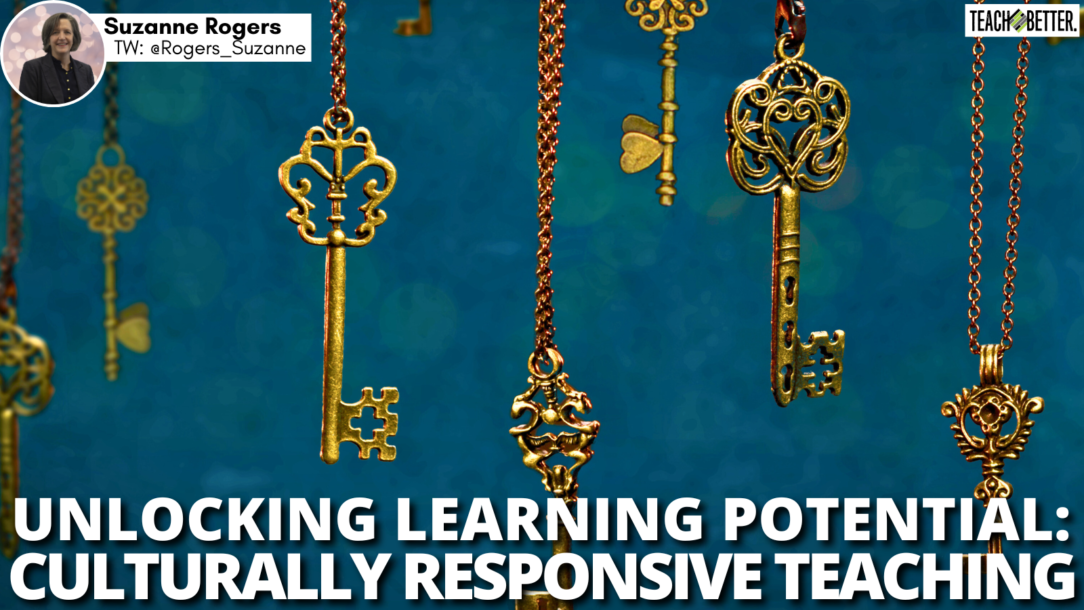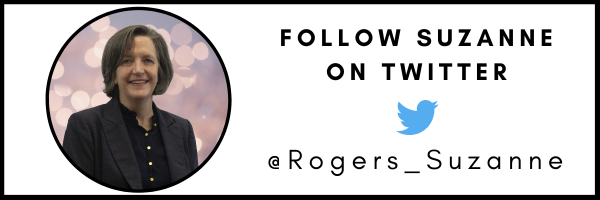TL;DR:
- Culturally Responsive Teaching goes beyond diversifying the curriculum. It reshapes education by embracing students’ diverse backgrounds, fostering respect, and celebrating cultural differences.
- CRT emphasizes authentic connections with students, integrating their cultural backgrounds into learning to foster belonging and ownership of their educational journey.
- CRT promotes equity in education by bridging gaps and nurturing critical thinking and empathy, preparing students for active participation in a global society.
Begin unlocking learning potential in the dynamic landscape of education. One concept stands out for its transformative power: culturally responsive teaching (CRT). This approach isn’t just about diversifying the curriculum—it’s about reshaping the foundation of education to ensure every student feels seen, heard, and valued. Let’s explore why Culturally Responsive Teaching is indispensable in today’s classrooms.
Understanding the Essence of Culturally Responsive Teaching
At its core, Culturally Responsive Teaching acknowledges and embraces students’ diverse backgrounds, experiences, and identities. It goes beyond surface-level recognition, fostering an environment where cultural differences are respected and celebrated. Dr. Mel Battles‘ insightful ebook, “First Steps to Understanding & Implementing Culturally Responsive Teaching: From Identity to Instruction,” provides a comprehensive guide for educators eager to embark on this transformative journey.
One of the critical tenets of CRT is establishing authentic connections with students. It's about recognizing that every student brings a unique perspective that enriches the learning experience for all. Click To TweetEmpowering Students Through Connection
One of the critical tenets of CRT is establishing authentic connections with students. It’s about recognizing that every student brings a unique perspective that enriches the learning experience for all. By incorporating students’ cultural backgrounds into the curriculum, educators create a sense of belonging and empower students to take ownership of their learning journey. Andrea Bitner suggests a “Family Wall” to help build connections.
Bridging the Gap: Equity in Education
Equity lies at the heart of Culturally Responsive Teaching. In a society marked by systemic inequalities, CRT is a powerful tool for bridging the gap and ensuring equal access to education for all students. Zaretta Hammond‘s seminal work, “Culturally Responsive Teaching and The Brain: Promoting Authentic Engagement and Rigor Among Culturally and Linguistically Diverse Students,” sheds light on the neuroscience behind CRT, emphasizing its role in promoting academic success and closing achievement gaps.
Fostering Critical Thinking and Empathy
Culturally Responsive Teaching isn’t just about unlocking learning potential academic achievement. It’s about nurturing well-rounded individuals equipped to navigate an increasingly interconnected world. By exposing students to diverse perspectives and experiences, CRT cultivates critical thinking skills and fosters empathy and understanding. Doing so prepares students to become active participants in a global society. Dr. Shaun Woodly provides fantastic stories about his passion for music, culturally responsive classrooms, equity in schools, and mental health for educators in this Aspire to Lead podcast with Joshua Stamper.
[scroll down to keep reading]Conclusion: Embracing the Power of Culturally Responsive Teaching
In conclusion, Culturally Responsive Teaching isn’t a mere educational trend. It’s a paradigm shift that can begin unlocking learning potential for students of all backgrounds. By embracing diversity, fostering connection, and promoting equity, CRT paves the way for a more inclusive and empowering educational experience. As educators, it’s our responsibility to champion Culturally Responsive Teaching and unleash the full potential of every student.
Begin unlocking the transformative power of culturally responsive teaching today and embark on meaningful learning and growth. Explore Dr. Mel Battles’ free ebook and Zaretta Hammond’s seminal work to deepen your understanding and implementation of CRT. Together, let’s create classrooms where every student thrives.
About Suzanne Rogers
Suzanne M. Rogers is an accomplished, passionate, technology-inspired educator, experienced conference presenter, and yoga enthusiast. She is the Assistant Director of Public Relations at LISA Academy Public Charter Schools. In addition to her 20 years of work in education, Suzanne also serves on the Arkansas Museum of Fine Arts Educator Advisory Board, the UCA Executive Advisory Board, the UCA MAT Program Advisory Board, and the SAU ERZ Advisory.
Suzanne’s passion for education and her community is evident in her involvement in these organizations, where she works tirelessly to support students and educators. As an #ArmyMom and former #AFbrat, Suzanne brings a unique perspective to her work, understanding firsthand the sacrifices made by military families. Suzanne exemplifies dedication, expertise, and commitment to excellence.




